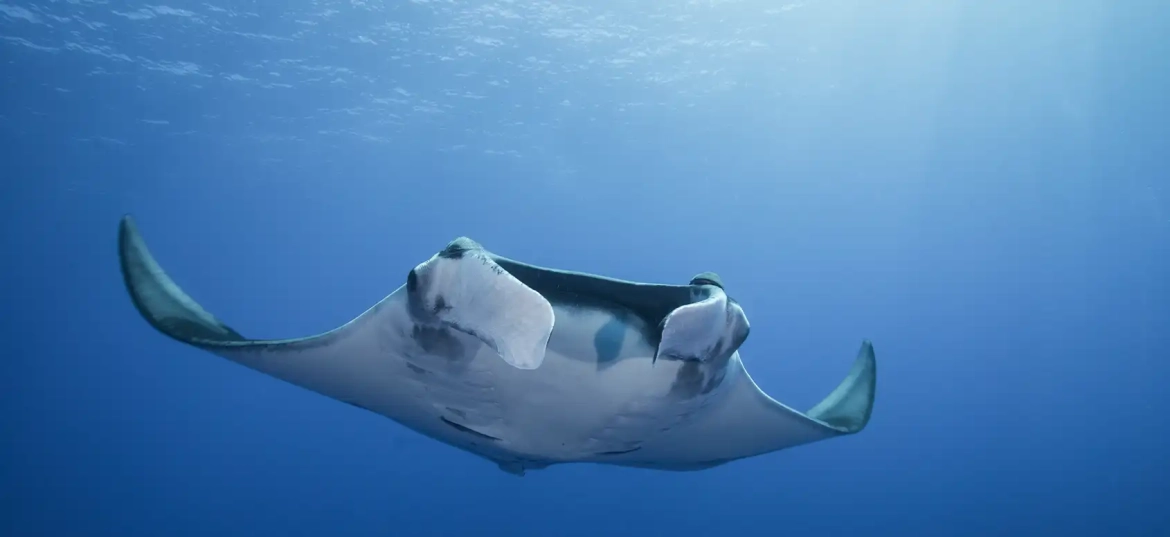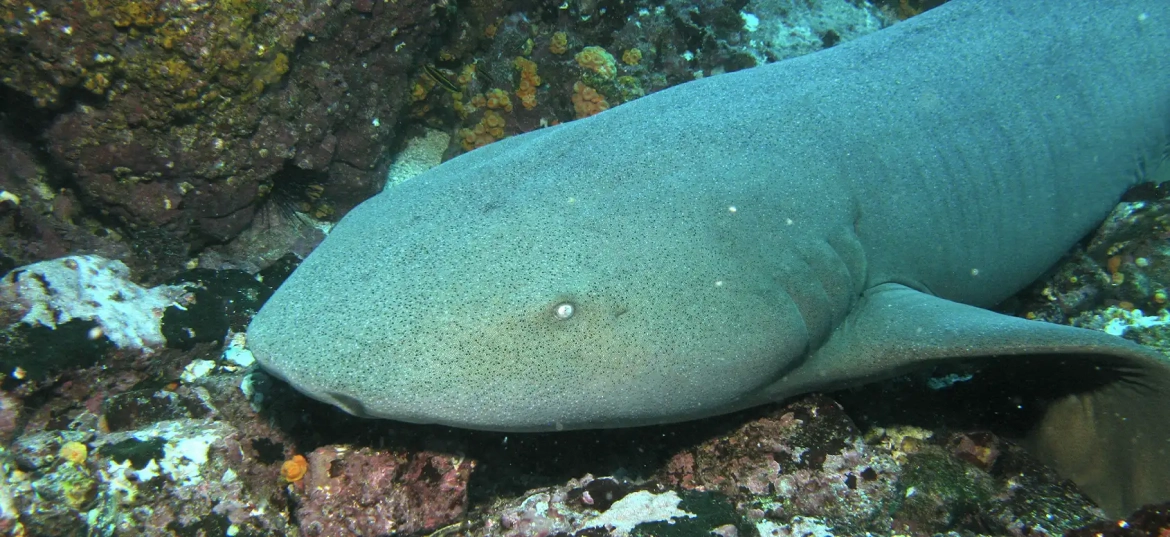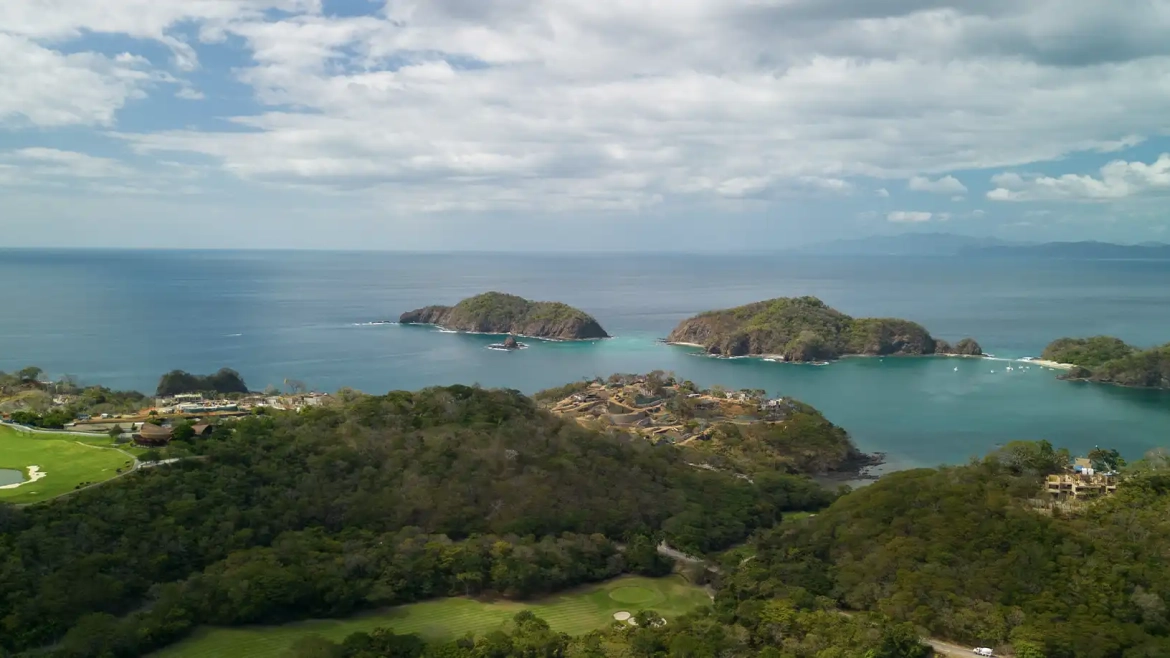Are you looking for the best destination to scuba dive? Guanacaste, Costa Rica, should be at the top of your list, especially if you’re seeking a spot with year-round diving, protected waters, and abundant wildlife.
But before planning your adventure, there’s a crucial factor to think about: timing. Without considering seasonal variations, you risk missing out on optimal conditions and marine encounters. So, when’s the best time to go scuba diving in Guanacaste? Read on!
At Bill Beard’s Costa Rica, we’re experienced divers who’ve explored Guanacaste’s waters extensively. Let us be your trusted guides and take advantage of our wealth of local dive knowledge. We know Costa Rica diving, and we are here to help you plan a dive vacation that is nothing short of exceptional.
Why Choose Guanacaste for Your Diving Trip?
Guanacaste is a top choice because it offers convenience and natural beauty. Positioned centrally with good facilities, the Gulf of Papagayo is a protected bay that serves as an accessible base for diving locally or at long-range dive sites at the Catalina and Bat Islands.
Local dives in the Gulf of Papagayo offer the most diverse array of marine life and are close to resorts, hotels, boutique hotels, and Bed & Breakfast facilities in Playa Hermosa, Playas del Coco, and the Papagayo Peninsula.
The underwater scenery is captivating, characterized by volcanic formations with virtually every crevice filled with interesting macro marine life. But what makes diving in Guanacaste Province truly special is its diverse marine life, which includes pelagic species, large schools of fish you can swim through, a variety of eels, white-tip sharks, turtles, and many types of rays.
Multi-level dive sites make this a wonderful area for beginner divers to share their experience with experienced divers. It is an excellent spot for divers of all skill levels and experience to enjoy diving.
How to Choose the Best Time to Scuba Dive Guanacaste?
There are some aspects to take into account before embarking on your diving trip. For instance:
Consider the season
The country experiences two distinct seasons: the dry season (December to April) and the rainy season (May to November). But, regardless of the season, diving with optimal conditions is possible throughout the year.
From December to April, water temperatures are pleasantly warm, ranging from 26 to 29 degrees Celsius. However, cooler currents can drop temperatures to about 19 degrees Celsius, making a thicker wetsuit advisable.
Dry season: December to April
During Costa Rica’s dry season, from December to April, you can dive anywhere in the country where diving is available. The weather is windy but completely dry, ensuring clear waters free from river run-off that can muddy the ocean.
This period also coincides with one of the annual whale migrations along the Pacific Coast. For the best chance to see whales, plan your visit between late January and late February.
The Northwest Pacific Coast, especially the Guanacaste region, is a popular diving destination during the dry season. The Catalinas Islands, known as a cleaning station for Giant Pacific Mantas, offer divers the opportunity to see these majestic creatures.
Polar currents during this time attract not only mantas but also impressive schools of cow-nose and mobula rays, creating a spectacular underwater scene as they move through the ocean in large numbers.
Rainy season: May to November
The best part about the rainy season is that it doesn’t rain all the time! Most showers occur in the late afternoon, leaving plenty of time for activities.
The rainy season is ideal for advanced divers seeking dynamic dive sites and encounters with majestic marine life. One highlight is the thrilling bull shark dive site, “Big Scare,” at the Bat Islands.
Additionally, the second annual migration of humpback whales takes place during the rainy season. From mid-July through September, these graceful creatures come to the Pacific to breed and give birth to their calves.
Think about the location & marine life encounters
Bat Islands
Situated off Guanacaste’s NW coast, around 23 miles from the Gulf of Papagayo accommodations, the Bat Islands are renowned among divers for their thrilling underwater experiences and diverse marine life.
Divers can enjoy diving at Bat Island from May to November when the seas are calm and the winds have died. Warm waters, between 78°F and 86°F this time of year, create a comfortable diving environment. Visibility here fluctuates and average between 20 and 60 feet.

While diving at the Big Scare dive site, divers will commonly find massive bull sharks and large schools of horse-eye jacks and occasionally see Pacific Giant mantas and graceful sailfish underwater.
But, Black Rock is without a doubt, Costa Rica’s premier land-based dive site. It is chock-full of massive schooling fish like jacks, spadefish, pompano and rainbow chubs, plus flocks of eagle rays and at the top of the rock in the turbulent water you will find enormous cubera snapper.
Catalina Islands
The Catalina Islands offer diverse marine encounters with seasonal migrations of Pacific giant manta rays from November to April.
You can spot an array of marine life, including eagle rays, devil rays, stingrays, sharks, turtles, and tropical fish. The best time to visit is typically from September to March, with favorable weather conditions, clear skies, and calm seas.
Diving here can be electric, and lucky divers may find themselves in the path of herds of thousands of cow nose rays—yes, thousands. It is a mind-blowing experience that others will find incredible unless you have proof via video or photos. It is simply incredible.
Year-round diving is possible here. The water is cooler in the dry season (December-April) with surface chop. Polar currents bring this cooler, nutrient-rich water to the Catalinas, attracting Pacific Giant Manta Rays to this cleaning station. The best times to see these gentle giants are January, February, and March.
Beaches
Playas del Coco, Playa Hermosa, Gulf of Papagayo, Papagayo Peninsula, and Playa Ocotal offer an ideal base for exploring Costa Rica diving. Underwater world off the coast of Guanacaste.
Divers of all levels can find dive sites perfect for them and learn-to-dive or certification courses can be completed easily in the Guanacaste Province.
There are a number of small to medium sized beaches in the Gulf of Papagayo and the Papagayo Peninsula with accommodations for all budgets and styles from small bed and breakfasts and boutique hotels to luxury accommodation such as Four Seasons and Andaz.
Playas del Coco
This is an eclectic, funky little town with lots of activity and nightlife. There are a few smaller places to stay, but no resorts or large hotels.
If you are looking for a quieter spot to stay with moderately priced accommodations for your dive vacation, Playa Hermosa is in the perfect location to enjoy scuba diving. You can choose from all-inclusive properties for families or adults only or smaller boutique hotels.
Playas del Coco is an ideal base for exploring the underwater world off the coast of Guanacaste. Divers of all levels can find various dive shops and popular courses that the Guanacaste Province offers.
The water temperature peaks around July, reaching a comfortable 30°C. However, as the dry season approaches, the water temperature drops, sometimes to as low as 17°C on deeper dives toward the end of the year.
Visibility can vary but tends to be optimal during the dry season from December to April. On the other hand, visibility may decrease slightly during the rainy season, from May to November.
Despite occasional fluctuations, the dive sites are filled with marine life, including whitetip reef sharks, rays, turtles, and vast schools of colorful fish like longfin batfish, sergeant major fish, butterfly fish, and puffers.
The best part is that you’ll find here resident species like whitetip reef sharks, turtles, and rays present every month!
Playa Hermosa is the center of numerous scuba diving tours and dive sites. Its shallow depths range from 1 to 3.5 meters (3 to 12 feet). Moreover, its ocean floor is adorned with a diverse composition of sand, rock formations, sea grasses, and sponges, making it an enchanting marine life habitat.
Wildlife sightings include stingrays, blennies, wrasse, urchins, and pufferfish. However, depending on the season you’re visiting, this may vary.
For instance, if you visit from December to April, you may encounter more pelagic species, like manta rays and whale sharks, attracted to the area’s nutrient-rich waters. In contrast, other months may see an increase in sightings of smaller reef-dwelling species.
Playa Ocotal
Once renowned as a diver’s mecca, it is now home to private rental homes, condos, and small bed and breakfast accommodations.
High-end luxury accommodations are available in Playa Panama and continue around the bend to the Papagayo Peninsula. The peninsula is a bit farther to pick up divers and requires a minimum number of divers to book, and in most cases, surcharges apply for picking up divers.
Once renowned as a diver’s mecca, it is now home to private rental homes, condos, and small bed and breakfast accommodations.
High-end luxury accommodations are available in Playa Panama and continue around the bend to the Papagayo Peninsula. The peninsula is a bit farther to pick up divers and requires a minimum number of divers to book. In most cases, surcharges apply for picking up divers.
However, this area offers a diverse array of marine species. The best part is that you’ll find here resident species like whitetip reef sharks, turtles, and eagle rays present every month of the year! You may encounter round rays, southern stingrays, octopus, lobsters, crabs, wrasse, butterflyfish, angelfish, blennies, wrasse, urchins, and pufferfish.
This area has a wealth of dive sites with shallow depths ranging from 4.5-5 meters (15-20 feet) to 27 meters (80 feet), where you can enjoy long bottom times and multi-level dive profiles. It is easy to go diving, and there is a lot to see, so experienced divers can enjoy diving with friends who are new to diving. Shallow dives allow divers to enjoy up to an hour-long excursion beneath the waves.
The water temperature peaks in July, reaching a balmy 30°C/86°F. However, as the dry season approaches, the water temperature begins to drop. In January and February, temperatures can be as low as a chilly 16°C/60°F. A 5 mm suit or a 3 mm suit with a vest and hood are recommended.
Visibility can vary and can change from dive site to dive site, and even from one side of a dive site to the other. Visibility is not seasonal, but in the Gulf of Papagayo where there are no rivers draining in the bay that could cloud visibility, the afternoon rains from May to November can actually lay down silt and turbidity giving divers delightful conditions on the next morning’s dive.
Dive sites in this area are filled with marine life, including whitetip reef sharks, rays, and turtles, and vast schools of fish, including yellow-tailed grunts, snapper, jacks, milkfish, sergeant majors, butterfly fish, and adorable puffers.

To Wrap Up, What is the Best Time to Dive in Guanacaste?
The best time to dive in Guanacaste is May to early September and again from late November through December.
During this period, you’ll enjoy calm seas, warm water, and afternoon showers that can lay down silt and nutrients, reducing turbidity. Plus, divers can enjoy both the Catalina and Bat Islands.
Tips for Planning Your Dive Trip to Guanacaste
Here are some tips for planning your dive trip to Guanacaste:
- Consider the season you’re visiting. Remember, the rainy season is when you will find calmer seas and warmer weather, and it is the time of year to get out to the Bat Islands.
- If you want to see Pacific Giant Manta Rays then go diving in January, February, and March when polar currents bring nutrients attracting these magnificent creatures.
- Bring appropriate wetsuit for the season you plan to dive.
- Remember you will be 10° from the equator, so pack plenty of sunscreen as it is expensive in Costa Rica and you will need to apply it often.
Contact Bill Beard’s Costa Rica for an Unforgettable Guanacaste Dive!
There’s no better time than now to explore the depths of this tropical paradise! To make the most of your diving adventure in Guanacaste, team up with us. With our expert reservation agent and extensive local dive knowledge, we’ll ensure you have an unforgettable experience.
Contact our team at Bill Beard’s Costa Rica now to book your diving trip. Dive into Guanacaste Province with us!
Stay connected:
- Direct: 954-453-5044
- Fax: 321-400-1404
- Toll-free: 877-853-0538
- Local number (Costa Rica): 2479-7089 (Available from 9-5 PM)
- Office hours: 8-6 CST M-F & Sat 9-5 CST
- Email: agent@billbeardcostarica.com
FAQs
Are there any specific dive sites recommended for beginners in Guanacaste?
Yes, there are specific dive sites in Guanacaste that we recommended for beginners that can also be enjoyed by fellow experienced divers. These sites in the protected bay offer calmer water, minimal currents, and shallower or multi-level dive depths.
What are the top dive sites in Guanacaste for advanced divers?
The top dive sites in Guanacaste for advanced divers are the Big Scare and Black Rock at Bat Islands and the Classic Wall and Dirty Rock (also known as Viuda or Widow’s Rock and Roca Sucio) at the Catalina Islands.
How far in advance do I need to book my scuba diving trip in Guanacaste?
If you travel during peak season—Easter, Christmas, or New Year’s weeks—you should book one year in advance. Space is limited on boats, just as it is at hotels, and you will need to book rooms 18-24 months in advance during the peak season.
The rest of the year, should book 6-18 months ahead of time depending on the size of your group and the size of the hotel accommodations you desire.
What equipment should I bring for diving in Guanacaste, or can I rent it locally?
When diving in Guanacaste, you can bring essential diving equipment such as a mask, snorkel, fins, wetsuit, and dive computer. However, our agents can help you with gear rental when you book your diving. We will need height, weight, and shoe size.
Or perhaps you would want to book only your BCD, regulator, wetsuit, and fins, then pack only your essential diving equipment such as a mask, snorkel, fins, and dive computer for convenience and to save space in your luggage.
Either way, we will be happy to help you and ensure you have good, reliable equipment for your dives.

